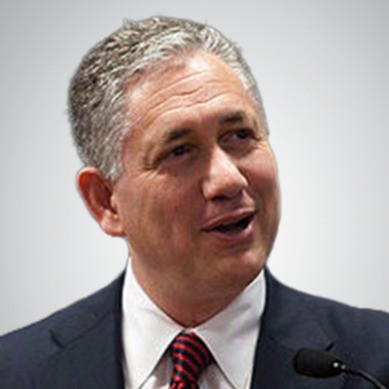Revolutionizing Healthcare: Stuart Piltch’s Vision for the Future of Medicine
Revolutionizing Healthcare: Stuart Piltch’s Vision for the Future of Medicine
Blog Article
Worker advantages have been a critical aspect in attracting and preserving ability, but lately, the target has shifted toward selling overall health and well-being. Stuart Piltch, a recognized leader in healthcare visiting and Stuart Piltch ai technique, is at the front of this transformation. His modern method of developing staff advantages programs aims not only to provide protection but and to improve the bodily and intellectual wellness of employees.

The Change Toward Holistic Worker Advantages
Usually, worker benefits aimed primarily on medical insurance and pension plans. However, Piltch has acknowledged that modern workforces need more extensive support. His approach combines physical health, emotional health, financial wellness, and work-life harmony into a single cohesive strategy.
“Health is not only about doctor trips and medications—it's about how precisely employees sense at work, their stress degrees, their economic security, and their ability to keep a work-life balance,” Piltch explains.
That change shows a growing understanding that employee wellness and production are carefully linked. Healthy workers tend to be more engaged, skip fewer workdays, and subscribe to a far more good and collaborative perform environment.
Innovative Advantages Techniques
Piltch's employee benefits applications are made with the employer's budget and the employee's wants in mind. Some of his essential techniques include:
1. Enhanced Intellectual Wellness Support
Recognizing the raising impact of intellectual health problems, Piltch has advocated for increasing usage of psychological wellness resources. His benefits options usually include:
- Free or low-cost treatment sessions.
- Use of mindfulness and tension administration programs.
- 24/7 mental wellness hotlines.
2. Wellness Incentives
Piltch's applications include incentives for personnel to participate in balanced behaviors. For instance:
- Gymnasium membership reimbursements.
- Financial returns for typical health checkups.
- Step issues and wellness competitions.
3. Telemedicine and Electronic Attention
Piltch has been an earlier advocate for telemedicine, ensuring that personnel have use of healthcare experts anytime, anywhere. Electronic attention reduces the barrier to seeking help and encourages employees to address wellness concerns early.
4. Economic Wellness Applications
Understanding that financial strain affects all around health, Piltch has incorporated financial literacy applications into benefits packages. These programs include:
- Debt counseling and budget planning.
- Pension planning assistance.
- Staff stock purchase plans.
5. Flexible Function Plans
Piltch has additionally caused companies to apply flexible function plans that promote greater work-life balance, such as for example:
- Remote perform options.
- Flexible hours.
- Compensated intellectual health days.
Data-Driven Approach to Employee Benefits
Among the distinguishing facets of Piltch's strategy is his usage of information to fine-tune benefits programs. By examining staff wellness developments, advantages utilization, and feedback, Piltch assists businesses change their products to meet up the changing needs of these workforce.
“Benefits are not static—they need to evolve with the workforce,” Piltch says. “The key is hearing employees and using data to produce a plan that really helps them.”
The Effect on Worker Health and Company Accomplishment
Piltch's progressive advantages programs have led to measurable improvements in both staff wellness and business performance. Organizations which have adopted his methods record:

- Higher staff pleasure – Employees sense valued and supported.
- Decrease absenteeism – Increased wellness leads to less ill days.
- Increased production – Workers are more aimed and engaged.
- Greater retention rates – Employees are more likely to stay with companies that help their well-being.
Conclusion
Stuart Piltch healthcare's approach to worker benefits presents a change toward a more holistic and individualized style of worker care. By approaching physical, psychological, and financial health together, Piltch assists businesses build a healthier, more employed workforce. His data-driven methods make certain that worker benefits remain efficient and applicable, contributing not merely to specific well-being but and to overall company success.
Report this page